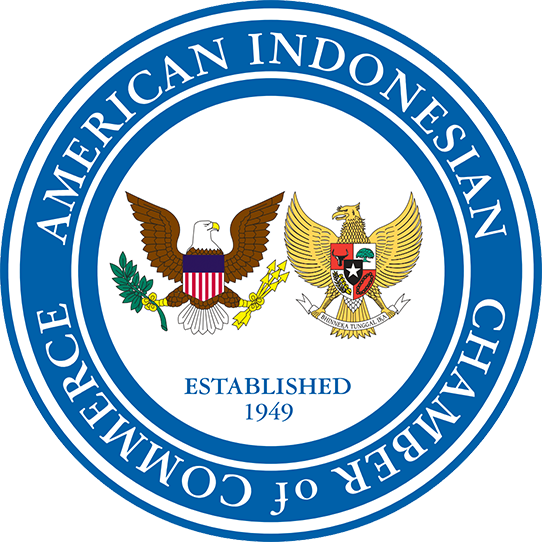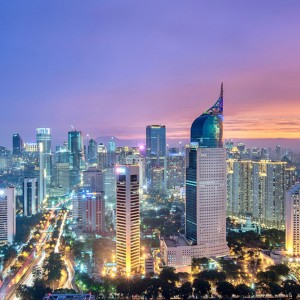Commentary by Wayne Forrest
AMCHAM Indonesia and the US Chamber of Commerce recently released the fourth in their terrific annual series of reports that collectively put the US as perhaps Indonesia’s largest overall economic partner. The first 3 reports (2013-2015) established the case for the US designation as the largest foreign investor. With this year’s report, “Vital and Growing: Adding Up the US-Indonesia Economic Relationship”, focused on the total relationship (investment, trade, domestic sales, government revenue, financing), we now have a convincing case for top dog status. (Comparable numbers from other countries would be nearly impossible to obtain.) $90 billion is the “Big Number”. The report highlights US-Indonesia economic relations as growing robustly even within a slowdown in Indonesia’s GDP growth and flags the consumer sector for its particular ability to attract higher levels of US manufacturing investment.
But being #1 (or close to it) isn’t the meaning of the report, or at least I hope that is not how it should be interpreted. The report challenges Indonesia to change how it does business. It also surveys business executives sentiments regarding the effectiveness of Jokowi’s reform packages (most praised them but said they had yet to experience an effect on their businesses) and writes prescriptions for a patient whose mental framework may not yet be ready to act on them.
I was impressed by the report’s frankness and how it contrasts the openness of President Jokowi and his inner circle of senior technocratic ministers with the protectionism of bureaucrats and party affiliated ministries. Similarly, although it may have erred on the side of the self-promotional, the report sticks its neck out to recommend simple solutions such as eliminating the negative investment list and approval mechanism for PMA’s (while properly crediting BKPM for its new facilitation stance) that would benefit any company regardless of national origin. At the same time the report’s authors appear realistic in assessing the chances of implementation of their recommendations as being rather low.
In the final analysis the report (click here to read it) may be more of a representation of the egalitarian positivism of American thinking (we can do better together no matter where we come from) than a realistic assessment of the path Indonesians may be embarking upon and their view of the role of foreign companies. Although many Indonesians also have an optimistic view of the future, theirs is a positivism with a different spin: we can do better but by ourselves. AICC bore witness to this when we hosted Vice President Kalla in NY in September for a small dialog with 23 US multinational companies. Faced with suggestions on how to open the economy to more investment and trade, the Vice President’s standard comment was to welcome more foreign involvement but with the caveat to “go local and manufacture in Indonesia”. An example of the disjunction came up during a discussion of infrastructure when it was pointed out that Indonesia had decided to go its own way in participating in ISDA (International Swaps and Derivatives Association). Not adjusting to the common ISDA frameworks will make it much more difficult to deepen Indonesia’s capital markets, a key to attracting desperately needed infrastructure finance. Similarly, rather than manufacture vaccines and medicines the way most of the rest of the world does, Indonesia may be requiring all phases of production to be halal certified, even though there is rarely a hint of pork in these products or processes.
The report will be good ammunition for those who care less about the origins of ideas, technology and capital as well as a reminder to those that do to be even more vigilant about “foreign influence.” Given Indonesia’s current reduced economic circumstances, its chances of resonating among policy makers are much higher than usual, but I am not convinced sufficient resolve exists to tackle head on the core issues of bureaucratic, judicial and legal enforcement reform, so necessary to the report’s recommendations. Nevertheless the timeliness and boldness of the report is to be commended.
(These views are the author’s own and do not necessarily reflect those of the American Indonesian Chamber of Commerce or any of its members)






Leave A Comment